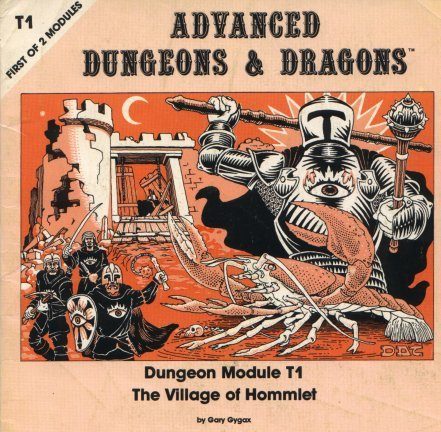 XXV: Original &/or copy
XXV: Original &/or copy
see also: chap. III: Type
content
Special definitions of „model“
A sort of product, particular style
„Module“ as component
Special definitions of „model“
Encarta:
U. K. fashion: the first sewn example of a couturier's or clothing manufacturer's design, from which a new line of garments is produced
a particular version of a manufactured article
somebody who is paid to wear clothes or demonstrate merchandise, e. g. in fashion shows or in photographs
Fowler & Fowler:
a garment etc. by a well-known designer, or a copy of this
a particular design or style of a structure or commodity, esp. of a car
A sort of product, particular style
In this view, the uses of model and module are twofold: either we have a unit which can stand alone (e. g. a model dress or a module for operations in space) or we have a great number of items exactly the same, mostly mass-produced, e .g.
· "prêt à porter" dresses and
· shoes as well as
· accessoires,
· furniture,
· devices and apparatus,
· machines and automobiles,
· sculptures, etc.
“Model” is used for industrial products manufactured in great quantities since about 1840 (Floyd Clymer, 1955; David S. Landes, ed. German 1983, 288ff.).
One of the first manufacturers to introduce serial production of objects was Samuel Colt. More than 330,000 copies of his model „Pocket“ – also called „Wells & Fargo“ - were sold between 1849 and 1875. In gunfighter Wild Bill Hickok’s holsters there were two copies of the model „Navy“, produced 215,000 or 255,000 times.
Other early mass-produced items include the Singer sewing machine (1856), the Thonet chair Nr. 14 (1859) and some „patent furniture“.
„A page from the official catalogue of American exhibits at Paris in 1878, headed: ‚Cheap and Fancy Furniture, all Series Productions,’ lists ‚Perforated Veneer Seats,’ ‚Automatic Sofa-Spring Beds,’ ‚Folding Chairs’ (they folded in a lounge), a ‚Swing Convertible Cradle,’ a ‚Child’s Crib,’ a ‚Reclining Chair’, etc.“ (Sigfried Giedion, 1967, 341-342).
English fashion has spoken of “Parisian models” since 1859. (Persons advertising clothing are called “model” since 1904; see chap. XXIII: substitute.)
Models of automobiles we have since 1900. Of Henry Ford’s legendary „Model T“, 15 million copies were produced between 1908 and 1927 (Floyd Clymer, 1955).
Of the Wurlitzer jukebox „model 1015“ no less than 56 000 copies have been sold in the years 1946-48.
„Module“ as component
“Module” as standardized component (Ezra David Ehrenkrantz, 1956) of a larger or more complex system has been used since World War II. It is used for furniture as well as for electronic parts, declared as “individually fabricated subassembly”.
Modules as sections of a spacecraft we find since the Apollo-missions around 1960.
Since the same time “modules” denominate distinct parts of computer programs.
“Modularization” is the design of a system so that it can be constructed using modules.
Modules as units of a training programme have been with us since 1966.
Modules in fantasy role-playing games as distinct scenarios or adventures, have been introduced in 1975 by the creators of “Dungeons & Dragons”, the American Dave L. Arneson and the Swiss Ernest Gary Gygax. „Module“ is a term for pre-packaged books or box sets that help the Dungeon Master to manage the plot or story of a game.

An early „module“ of the fantasy role-playing game „Dungeons & Dragons“, created by the Swiss Gary Gygax: „The Village of Hommlet“ (1979), later expanded to „The Temple of Elemental Evil“ (1985).
Bibliography
model: special topics – Module (standardisierte Baueinheiten)
 Dr. phil. Roland Müller, Switzerland / Copyright © by Mueller Science 2001-2016 / All rights reserved
Dr. phil. Roland Müller, Switzerland / Copyright © by Mueller Science 2001-2016 / All rights reserved
Webmaster by best4web.ch